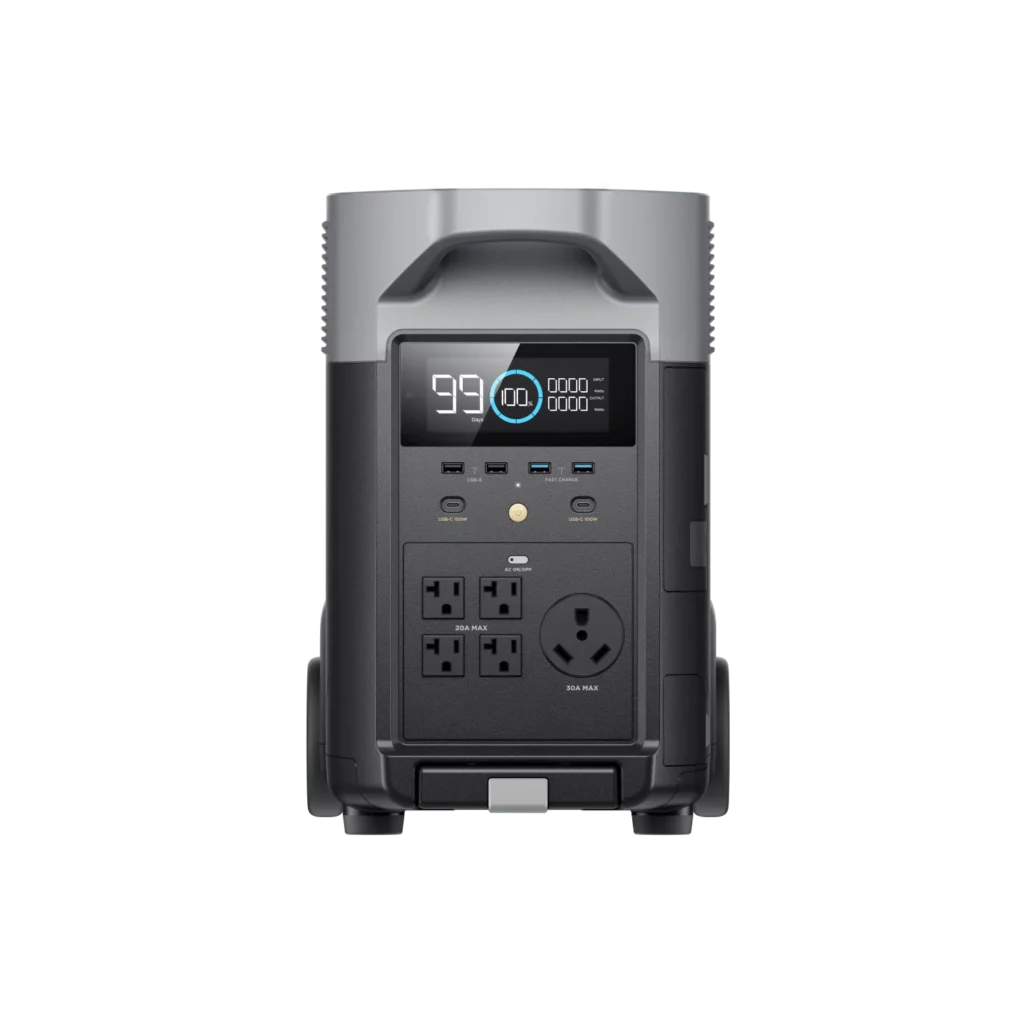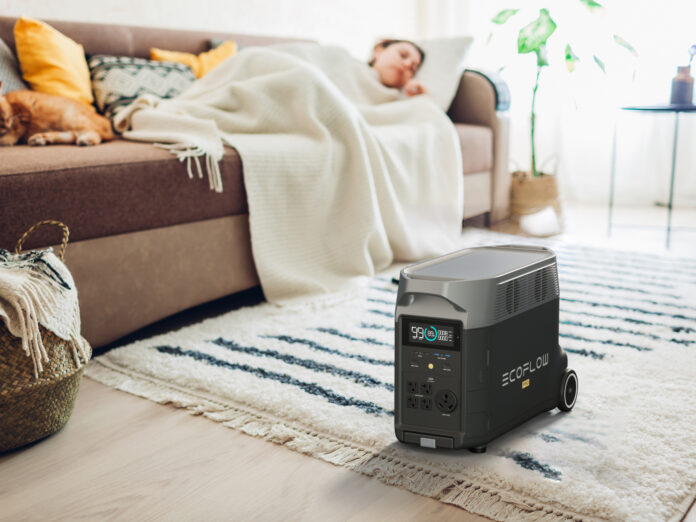Table of Contents
Winter’s chill has you bundled up day and night. You crank up the thermostat during the day and snuggle under an electric blanket at night trying to stay warm. But your monthly electricity bill keeps climbing. If this sounds familiar, you may be making some common mistakes in how you use and maintain electric blankets that unknowingly drain power and money.
By understanding how electric blankets consume energy and implementing some simple fixes, you can optimize your blanket’s efficiency while still staying cozy all winter long. Let’s take a closer look at how to maximize your electric blanket’s performance while reducing energy costs.

Energy Consumption Overview
Electric blankets produce heat through resistive heating elements woven through the fabric. When the blanket is plugged in and turned on, electricity passes through the resistive wiring, converting electrical energy into heat energy that warms the blanket. The physics of joule or resistive heating is what makes electric blankets work.
Average Wattage Usage
The wattage rating on your electric blanket determines how much power it consumes. Typical wattages are:
- Twin size – 40-60 watts
- Full size – 60-80 watts
- Queen size – 70-100 watts
- King size – 100-200+ watts
Higher heat settings will use progressively more power. A 100W blanket on high may use the full 100W but only 70W on low. Refer to your blanket’s wattage label to understand its energy consumption.
Factors Affecting Wattage Usage
The specific wattage rating can be influenced by:
- Overall size – larger blankets have more heating elements
- Wiring gauge – thicker heating wires use more power
- Single vs. dual zone – two controllers double the wattage
- High vs. low settings – higher heat uses more power
Calculating Energy Consumption
You can estimate your electric blanket’s energy use by the formula:
Wattage x Hours Used = Energy Consumed (Watt-hours)
For example, a 100W blanket used for 8 hours would use:
100W x 8h = 800 Wh (0.8 kWh)
If your electricity rate is $0.12/kWh, that 8 hours would cost around $0.10 to run.
Blankets used all night could use 3-5 kWh, costing $0.36 to $0.60 per night!
Cost Implications
Electricity rates often fluctuate seasonally, spiking in winter when blankets are heavily used. And power companies usually bill monthly. Just a few cold nights per month can lead to surprisingly high blanket costs over time.
Let’s say you use a 60W twin blanket 8 hours per night for 30 nights over January and February. That’s:
60W x 8h x 30 nights = 14,400 Wh (14.4 kWh)
At $0.15/kWh, your two-month total is around $2.16!
Common Electric Blanket Misconceptions
There are a few myths and assumptions that lead to inefficient use:
Myth: Newer blankets use less power – Age matters less than wattage and settings.
Myth: Thicker blankets equal better insulation – Fabric barely affects heat efficiency.
Myth: I’m saving by only heating the bed – Your body uses substantial electricity.
By identifying any misconceptions you may have about electric blankets, you can start correcting the issues beneath them.
Check the Labels
To truly understand your blanket’s energy consumption, check the wattage information on its permanently attached label or product specifications. Don’t assume. Actually looking up the rated power draw is the only way to be sure.
Use Proper Settings
To maximize efficiency, establish a regular sleep schedule and stick to it daily. Turn your electric blanket on 20-30 minutes before getting into bed to pre-heat the interior without wasting energy all night long.
Set timers or auto-shut-off features to turn the blanket off after 1-2 hours of use, avoiding unnecessary high power draw all night while asleep. Adjust to the lowest temperature setting that keeps you comfortably warm under blankets and sheets. The high settings can use up to twice the wattage for minimal added comfort.
If your blanket has dual side controls, only heat the side currently occupied. Try lowering the setting incrementally each night to find your optimal sleeping temperature. Get a smart power strip to cut phantom load when the blanket is off.

Maintain Your Blanket
Carefully follow all manufacturer-provided cleaning instructions. Use only recommended cycles and drying methods to preserve internal wiring integrity. Avoid overly frequent washing which can degrade heating elements over time.
Inspect blankets periodically for damage like frayed cords or worn spots. Discontinue use and replace any blankets with deteriorated or exposed internal wiring. Also replace any electric blankets more than 10 years old, as older models tend to be less energy efficient.
Use Alternative Heating Sources
Rather than blasting an electric blanket around the clock, use them strategically for nighttime warmth paired with other heat sources better suited for daytime use.
Insulate windows, seal drafts, and dress in layers during the day. Use your central heating system, a space heater, or heated furniture like a kotatsu selectively in occupied rooms when needed.
Save electric blankets just for pre-warming beds 30-60 minutes before use. With proper daytime insulation and heat, you can set the blanket’s timer lower and reduce overnight use as well.
Best Portable Power Station for Electric Blankets When Off-Grid
During winter outages, portable power stations like the EcoFlow DELTA Pro can keep electric blankets running off-grid.
I mean, the EcoFlow DELTA Pro has a 2560Wh capacity that’s expandable to 2560Wh. That’s enough juice to run most electric blankets for hours or days between charges. It puts out 7200W of power too, more than any electric blanket needs.
For example, say you’ve got a pretty standard 100W queen-size electric blanket. Running it on medium heat for 8 hours uses around 0.8 kWh. A fully charged EcoFlow DELTA Pro could keep that blanket powered for over 60 hours straight if the outage lasts that long.
Even the smaller EcoFlow 400Wh PORTABLE POWER STATION can handle a 50-60W twin-size blanket overnight no problem. The PORTABLE POWER STATION puts out 300W, plenty for a typical electric blanket.
Recharging the EcoFlow DELTA Pro is super fast too. Plug it into an outlet and it’ll be fully charged up in under 2 hours. Or hook it up to solar panels for off-grid charging.
So next time winter knocks out your electricity, EcoFlow portable power stations can keep your electric blanket cozy until the utility gets things back on. Don’t get left shivering in the dark!

Start Saving Today
Don’t let your electric blanket sneakily devour electricity all season. With smart usage habits, proper maintenance, and strategic runtime, you can optimize electric blanket efficiency overnight for toasty comfort with minimal power bills!
FAQs About Electric Blanket Wattage
What wattage is best for reducing energy costs?
The lowest-wattage electric blanket is suitable for your bed size. Under 100W is best for full/queen sizes.
What happens if I use a blanket with a wattage higher than recommended?
Higher than recommended wattages will consume more electricity and increase your operating costs.
Does a higher-wattage electric blanket heat up faster?
Yes, a higher wattage element will reach the set temperature quicker but continues using more power.
What size electric blanket uses the least amount of electricity?
Twin-size blankets have the least surface area and often the lowest wattages. But check labels for the unit with the lowest power draw.
Can I determine the wattage if the label is missing?
Sometimes wattage is marked directly on the power cord. Check specifications online from the manufacturer if unsure.
What is the lowest wattage setting I can use and stay warm?
Test different settings to find the lowest temperature that still keeps you comfortable all night based on your insulation and room temperature.
